-
Junior Member
registered user
mount --bind v.s. link or program install to “knoppix core&q
Normally, custom programs are structured to install to /usr directory, which is blocked as read-only at knoppix running from core.
In addition to updated "Optimal man HD install" ( http://www.knoppix.net/forum/viewtopic.php?t=17024 ) I use might be fancy way to overwrite this accordingly with my nation worn saying: “If mountains do not go to Mohammed then Mohammed goes to mountains”.
Have (or make) a file system with at least ~94000 inodes available. To check this, type df –m ~for disk space, and df –i ~for inodes available and used in mounted file systems. Each Linux file has its own inode, which is a special block with information about this file. 100000 inodes occupy ~12 MB of disk space. A new file can’t be created if no free inode is available; i.e., you may meet situation when you copy files to a partition with a plenty of free space, but system says: “no free space”; simply no free inode is available.
Inodes are created at the file system formation. To change inodes number and size the file system should be re-formatted (data will be lost), e.g., by:
mke2fs /dev/hdax -F -m 0 -i 1024 -N 100000 ; # use additional -n option to preliminary test without actual formatting.
Next, at any knoppix session:
=====================
mkdir –p $mydir/usr
/bin/cp -aus /KNOPPIX/usr/* $mydir/usr ; # links files from /KNOPPIX/usr to the real directory $mydir/usr
=====================
These 92800 links (~5 MB of disk space) occupy ~92800 inodes, You can free inodes for future use by reducing number of links, e.g., by re-linking (as simply as pressing Cntr(x)-s in mc) a directory as hole, one inode per a directory; but these directories will be closed for writing. E.g., only re-linking all xx/doc and xx/man directories number of links was reduced to ~61000. Actually, you can create enough inodes and don’t care about reducing, or at the limit, keep opened only directories where your custom installation will go, checking a package content before installation.
To automatically link at boot your customized $mydir/usr to /usr add to the knoppix.sh:
=========================
[ -d $mydir/usr ] && { [ -h /usr ] && unlink /usr; [ -d /usr ] && rm –f /usr ; [ -d /usr ] || mkdir -p /usr ;
mount --bind $mydir/usr /usr ; }
=========================
Next, you can make normal installation to root / >> /usr until your partition will be full, or all inodes will be used (you can delete unnecessary links, as mentioned above). No needs to correct PATH and LIB_PATH, only it’s useful to run ldconfig after a new installation.
At reboot /usr will be umounted, and knoppix.sh will mount it automatically at the next boot.
Latest KOffice-1.3.5 is installed in such a way, and it opens significantly faster that knoppix OpenOffice.
Such installation works OK, but I’m not sure what’s better for performance: “mount --bind” or “link”?
1. I believe that “mount -bind" refers to inode locations, but soft link to files path. Both have preferences: “mount -–bind” does not use inodes and hd space, but if you accidentally delete directory all data will be lost. In the case of soft links, only link will be deleted, but links add path for files search and execution.
But how all these are reflected on performance efficiency?
2. What is the main delay in knoppix core performance – hd reading or core decompressing?
Does somebody have experience or information about performance efficiency in the mentioned above cases?
I’ll, appreciate any information that help to improve system performance.
Best, Alex
Similar Threads
-
By rossi in forum Hardware & Booting
Replies: 5
Last Post: 05-28-2006, 03:41 PM
-
By markpelletier in forum Networking
Replies: 0
Last Post: 10-31-2005, 07:06 PM
-
By Ommadawn in forum The Lounge
Replies: 1
Last Post: 08-05-2005, 09:20 AM
-
By superjoe in forum Customising & Remastering
Replies: 0
Last Post: 06-01-2005, 02:09 PM
-
By kn2user in forum Networking
Replies: 3
Last Post: 11-24-2004, 04:58 PM
 Posting Permissions
Posting Permissions
- You may not post new threads
- You may not post replies
- You may not post attachments
- You may not edit your posts
-
Forum Rules

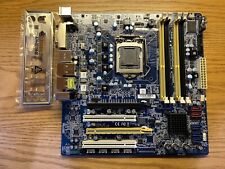
***NEW*** BCM RX67Q Gaming Motherboard | Intel Q67 2nd/3rd Gen. | LGA1155 | DDR3
$29.77
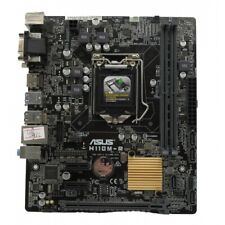
ASUS H110M-R Motherboard Intel 6th/7th Gen LGA1151 DDR4 Micro-ATX i/o shield
$42.00
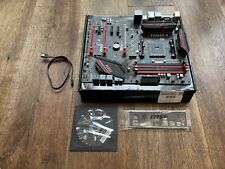
MSI X470 GAMING PLUS AM4 ATX AMD Motherboard
$69.99
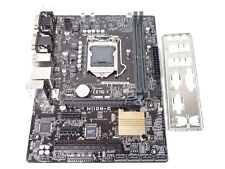
Micro ATX Desktop Motherboard ASUS H110M-C LGA 1151
$31.95
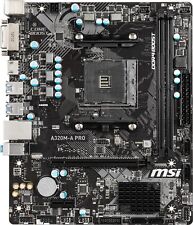
MSI A320M-A PRO AM4 AMD A320 USB3.2 Gen1 Micro-ATX Motherboard
$46.99

Gigabyte GA-B75M-HD3 Intel LGA1155 DDR3 Desktop Motherboard MicroATX USB 3.0
$26.99

Gigabyte AMD B550 UD AC Gaming Motherboard - AMD B550 Chipset - AM4 Socket - AMD
$89.99
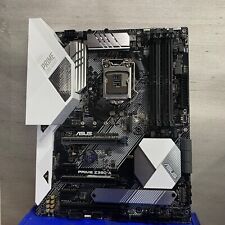
ASUS Prime Z390-A LGA 1151 Intel Z390 SATA USB 3.1 ATX Motherboard NO I/O
$99.00
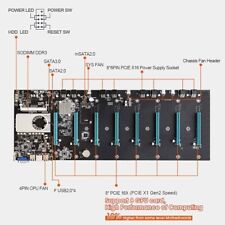
BTC-S37 Mining Motherboard Kit /w SSD & Ram Preinstalled
$59.99
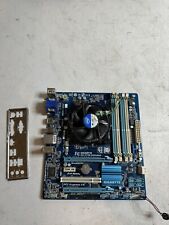
GIGABYTE GA-Z77M-D3H-MVP LGA1155 DDR3 Intel Z77 Micro ATX Motherboard
$59.00



 Reply With Quote
Reply With Quote










